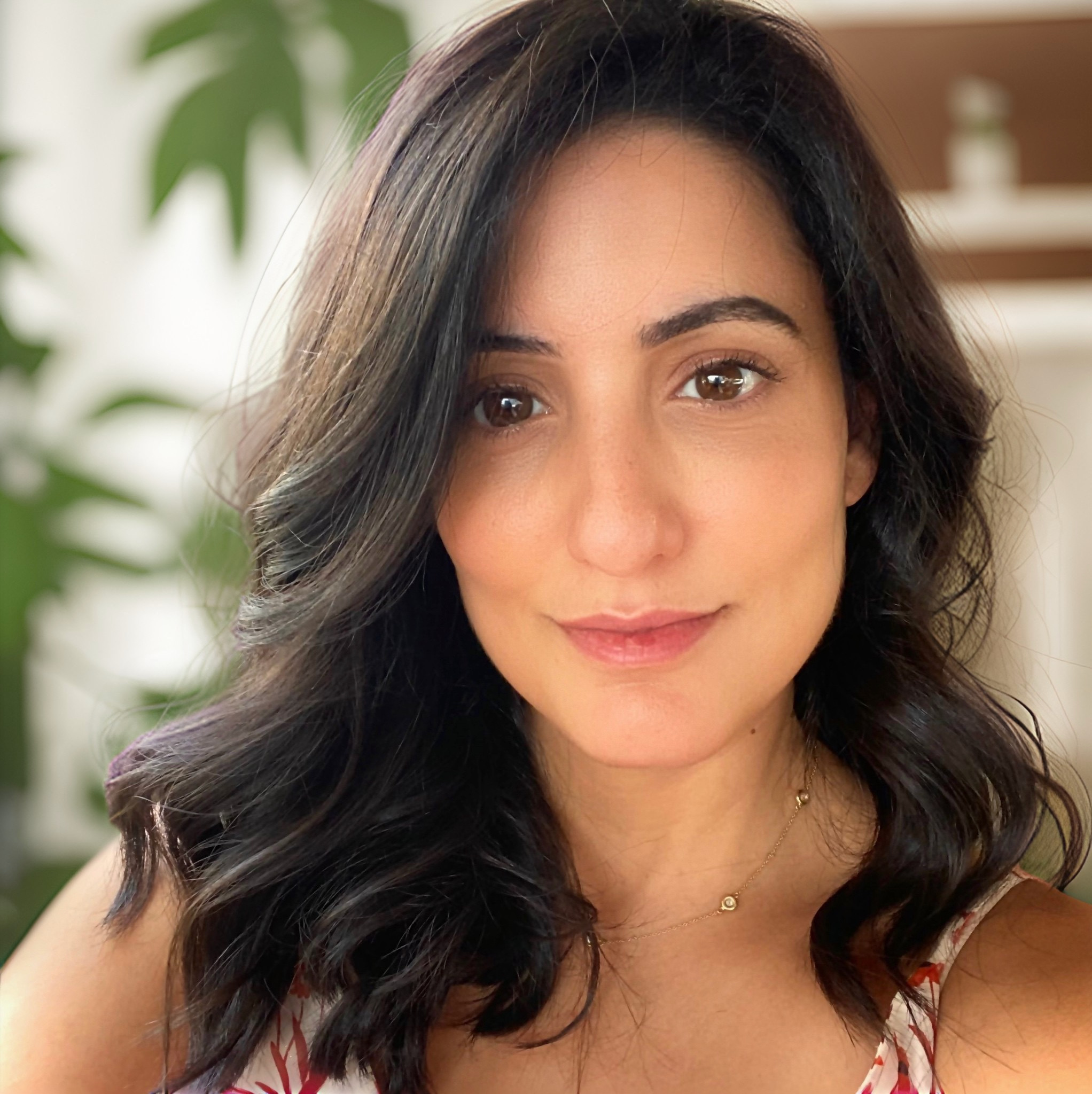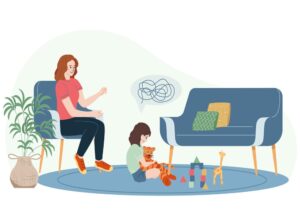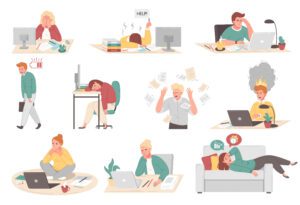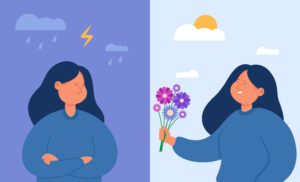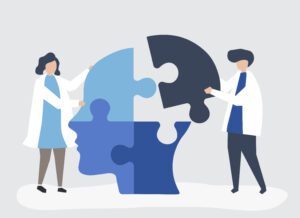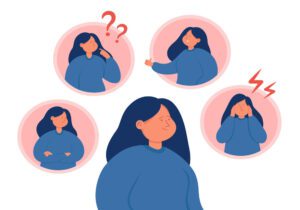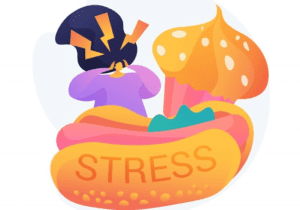What do you really know about ADHD?
This article has been researched and written by Nayla Daou. AI has not been used in producing this article.
ADHD, or attention deficit disorder, is a commonly known mental health disorder and can be easily described by teasing apart its acronym. Most of us have been made aware of the condition through social media, advertisements or friends but what does it really mean to have it and how is it diagnosed? To begin to answer that question, we must become familiar with the ADHD spectrum.
Have you ever been working on a project and had a great deal of difficulty focusing? Distractions turn your attention away; noises make you lose your train of thought and there’s always something else to do. These are all symptoms of ADHD, but they do not necessarily mean that you have the disorder, you may simply be on the spectrum.
What is the ADHD Spectrum?
The ADHD spectrum is a tool used to measure your level of symptoms and their severity. It was traditionally assumed that children unable to sit still in their classes were the only ones to receive the diagnosis of ADHD. However, new research has revealed that the disorder isn’t limited to a particular age group and is not a one-size-fits-all symptom-based diagnosis. In fact, many times, two individuals can have the disorder but display different behaviors. This is where the spectrum comes into play.
Mental health professionals use the spectrum to look at their patients from a holistic perspective, taking into account the varied symptoms and the motivations behind behavior. From their history and current symptoms, psychologists use the information to place patients on a spectrum from mild to severe. Depending on where they land on the spectrum, various treatments may be suggested.
ADHD Treatment
Treatment of the disorder can range from ADHD medication, to healthy living and behavioral strategies. Some examples of behavioral strategies and healthy living support that are used to treat patients with ADHD are meditation and mindfulness, dietary changes and deep breathing techniques. Those whose symptoms are on the more significant end of the spectrum might receive multiple types of supportive treatments. Whereas, individuals with milder symptoms may only receive behavioral and healthy living strategies.
Overview
With new evidence emerging that ADHD is not a one-size-fits-all diagnosis and treatment plan, it’s important to recognize the significance of understanding the spectrum. From mild to severe, the ADHD spectrum provides insight into the disorder and gives mental health professionals the ability to find treatment plans that are tailored to their patient and their individual symptoms.
Questions a Child Psychologist Might Ask
When preparing for your child’s first appointment with a psychologist, it’s natural to feel curious—or even a little anxious—about what …
55 Love Questions for Couples to Deepen Your Relationship
In any relationship, communication is key. Whether you’re just starting out or have been together for years, asking meaningful
Stress vs. Anxiety vs. Burnout: How to Recognize the Difference
In today’s fast-paced world, understanding the differences between stress, anxiety, and burnout is crucial for …
Relocation Depression: Definition and Ways to Cope
Relocation depression, also known as moving depression, is a form of situational depression that arises from the stress …
How to Help Your Child with Anxiety Through Divorce
Divorce is a significant change that affects every member of a family. For children, the uncertainty and adjustments …
Depression vs Sadness: Understanding the Difference
While often used interchangeably, the terms “sadness” and “depression” represent distinct emotional states, each with …
5 Simple Mental Health Practices for Your Everyday Life: Nurturing Your Body & Mind
In today’s fast-paced world, it’s becoming increasingly evident that we need to place our mental health at the forefront
Ways to Reduce Anxiety in 2024
As we say farewell to 2022 and usher in the New Year, we look towards the future. With New Year’s resolutions on the docket, many of us are striving to achieve a calm life …
Navigating Compassion Fatigue in the Digital Age: A Call to Prioritize Mental Well-Being
Amid the constant stream of information and images that flood our screens, the toll on our mental well-being can be …
The Link Between Anxiety and Overeating
All of us have encountered moments of stress and unease throughout our lives. These feelings of anxiety not only bring…
